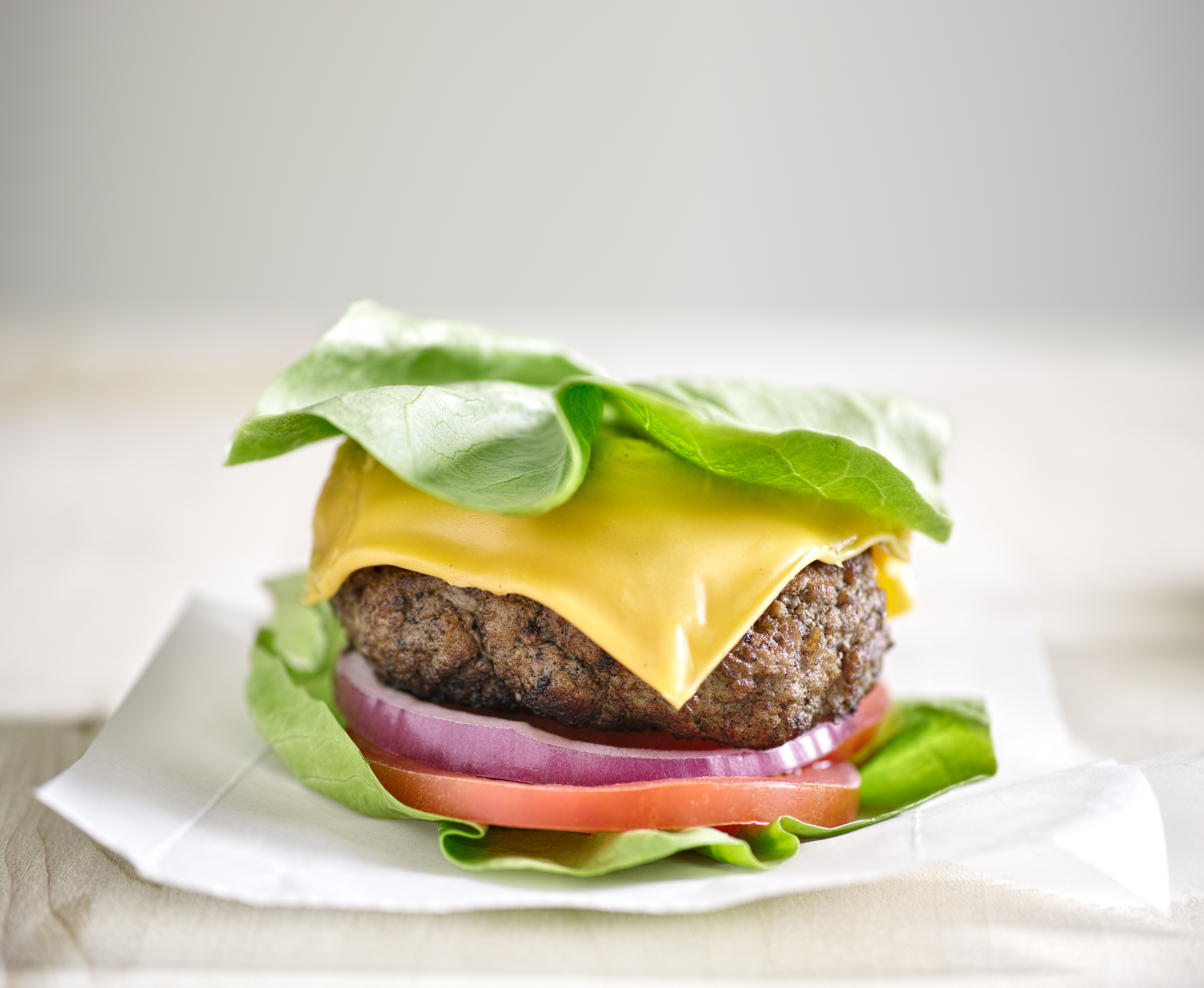11 ways to help kids reduce sugar and processed food
Deep down it’s something we know we should do. Reducing sugar and refined carbohydrates sounds like such an easy, quick fix. In reality it’s often a challenge that we don’t even want to face. Kids love sugar and we love that smile on a child’s face when we give them a treat like a cupcake or a lollipop. As we learn more about the affects of sugar on our health, all those little treats become less and less sweet after all.
Most people think of sugar and processed carbohydrates it evils contributing to obesity, diabetes, and cavities. Did you know that these substances also influence mental health? For decades, obesity was a risk factor for so many diseases, that much research tended to get stock on obesity and weight loss. There is now much research and evidence that the same items that are promoting obesity are also responsible for mental health challenges.
Given what I have come to learn about sugar and carbohydrates from the likes of Dr. Robert Lustig, Nina Teicholz, Gary Taubes, Dr. David Perlmutter, and Drs. Jeff Volek & Stephen Phinney; it comes as no surprise to me that we are in a mental health crisis in parallel with what is being called the obesity epidemic. In our own family, we tried many interventions, therapies, and medications to help our son regulate his moods and support his mental stability. Interestingly, we only came to consider dietary changes when he was rapidly gaining weight due to a side effect of his psychiatric medications. I now believe that dietary consideration should be one of the primary interventions when mental and emotional health concerns arise.
Based on my research, we decided to go on a keto (ketogenic) diet within the framework of the Primal Diet. Primal is very similar to Paleo with the main difference being that dairy is very individual and allowed when it’s tolerated. Not that it makes it any easier with the elimination of all grains and legumes including wheat, rice, beans, and everything that falls into that category. The reason for this elimination is because grains are high in carbohydrates and carbohydrates spike insulin and blood sugar levels. Once insulin is activated there tends to be a tendency for cravings of more carbohydrates and the goal is to break this cycle. In order to regulate mood and weight, blood sugar levels need to be stabilized. According to research, ketogenic diets and very supportive of brain health and also contribute to reaching an ideal body weight. If this is going to be too big a jump for your family, I suggest aiming for eliminating sugar and processed foods and greatly reducing gluten. This will still allow for other grains like rice and oatmeal as well as legumes like beans and lentils.
Our son gave up sugar and carbohydrates more for a period of time starting on his 11th birthday. Often when I tell this story, I get remarks from many wishing their child or teenager would eat better and consume less sugar and junk food. It seems nothing short of a miracle that it actually worked given how much 1 – kids love sugar, 2 – how addictive sugar is, and 3 – sugar-laden and processed foods are heavily advertised to children, are cheap, and are everywhere.
The whole experience opened up a lot of conversations not only about healthy choices, but also about how specific foods are nourishing to our bodies and brains. By eating for maximum nutritional density, we have found that we are not compromising flavor or satisfaction and we feel great because we are nourishing our bodies at a cellular level.
How did I do it? How did he do it? It was more like how did WE do it. Here is our TOP 11 list of how we made this a successful dietary switch.
#1 – Do it as a family. I completely changed the composition of our family meals. While some family members indulged more out of the house, at home, there was a reliable amount of tasty, acceptable food. We ate family meals just as we always had, the only difference was that I was tweaking the contents of the dishes that I served by eliminating sugar and refined carbohydrates.
#2 – Make a plan and offer alternatives. Anyone who has tried to change a habit knows that it will only work if you have a replacement ready for what you are trying to avoid. We leaned in on very high fat items to produce satiety and replace sweet, high-carb items. Along with breakfast, I would serve a small glass of heavy cream sprinkled with cinnamon. For dessert, there would be a bowl of whipped cream or some brie cheese. In the short term some processed meats were deemed okay since we were trying to break the sugar habit. Slices of pepperoni, a handful of nuts, and a few carrot sticks became the low-carb afternoon snack.
#3 – Guided choice. Choice sounds a lot like alternatives, but guided choice actually quite simple. When a child is following a diet, it’s easy to feel discouraged by lack of control. By offering choices, the child feels like s/he is in control of the decision. Scrambled eggs or fried eggs? Cheddar or pepper jack cheese? Macadamia nuts or walnuts? Turkey or salami? Tomatoes or celery? Attention to this detail can be a game changer!
#4 – Stick to what’s familiar. Eat bacon cheeseburgers without the bread, meatballs with marinara sauce sans spaghetti, or taco night without the tortilla. By keeping things familiar there is less sense of depravation and more chance of sticking to the changes.
#5 – Understanding and ownership. I believe the biggest reason that our son continued to follow this diet was because he had ownership of it and he understood how it contributed to his mental and physical well-being. Even if we don’t tell them directly, kids know when they are gaining too much weight or have bad behavior. Educate them about why reducing sugar will help with behavior and help them to grow at a steady rate. Given that he loves data, we kept track of his height and weight on the growth chart from the pediatrician and were thrilled when he moved back into the range of the normal after having moved into the overweight zone as weight gain was a side effect of his medications.
#6 Designate acceptable treats and when they will be consumed. By deciding ahead of time what kinds of treats are acceptable, it takes away the stress and the need to have will-power when making a decision. We keep treats to a minimum during the week. We have some allowances during the weekend as long as the items are high in fat to balance out for the sugar load. For example, ice cream, cheesecake, pudding, and dark chocolate are acceptable in moderation. We tend to avoid conventional cakes and cookies that have both sugar and white flour. Candy is also off-limits because it is made of pure sugar. Experiment with some new recipes with alternative ingredients. There are many readily available online.
#7 – Offer incentives. One Saturday during the first month that we ditched the sugar and carbs, we went to a birthday picnic with a giant supermarket birthday cake. I offered him a $10 itunes gift card if he would say “no thank you” to the cake. I didn’t want to tell that little boy “you can’t eat that”, but I also really didn’t want him to eat it so I tried to come up with something that would be easy for him to accept. In this case, it was a no-brainer and he chose the gift card!
#8 – Eat when you are hungry and no calorie restriction. Within the acceptable food items that were high in fat and full of protein, unlimited consumption was allowed. It is very unlikely that someone would overeat these foods. Have you ever eaten too many pork chops or too much frittata? It doesn’t really happen, you stop when you are no longer hungry. It’s a good rule to follow! Once sugar and carbs enter the picture, everything changes and it’s much harder to stop eating sometimes.
#9 – Try new things. This sounds contrary to #4 and sticking to the familiar, but in fact they need to work in tandem. The familiar helps the change feel less overwhelming while trying new things keeps it from getting boring. If trying new things is difficult for your child, start by adding new side dishes instead of main courses. Better yet, let them choose a recipe from an approved (i.e. paleo or low-carb) cookbook and then make whatever your child chooses.
#10 – Plan ahead for unknown situations. Pack appropriate snacks. Check the menu at restaurants ahead of time. Carry emergency rations so you won’t be tempted to grab something in a rush that will most likely end up feeding a craving. Find a list of appropriate substitutions and keep those ingredients on stock in your pantry and refrigerator.
#11 Educate and learn together. This has been an opportunity for us to learn about brain development, biochemistry, cooking and more. We are constantly learning about how to best nourish our bodies and brains and sharing new information and recipes with each other.
It does pay off to have a strict elimination of sugar and processed foods for some time (21 days or more) and enjoy the benefits which will often include more stable energy, regulated moods, weight loss or easy weight maintenance, reduced cravings, better control over insulin and blood sugar, reduced inflammation, and even enhanced cognitive performance. Once new habits and patterns are created, it’s easier to relax. There comes a point of gaining awareness about how you feel when eating various foods and that’s valuable feedback to stick to it. We all want to feel and perform our best and once we realize the effects and potential damage, it’s much easier to default to choices that improve our health and quality of life rather than the old stand-bys that offer little more than a sugar hit.
As a result of dietary changes, we have been able to steadily reduce our son’s medication support and he is tracking to be complete off his meds by summer of this year. It did not happen overnight and was only achieved by staying the course committed to those choices day after day and week after week. A few years have passed now and we are not as strict as we were in those first months. We have more flexibility with the foods that we have in moderation, but we still strive to keeps processed foods, refined carbohydrate and sugar in check. We focus on the positive and do our best every day. I think the goal ultimately is to learn what foods support each one of us and that is often very unique to each individual.
Ultimately, these ideas are all interconnected. Initially, making this transition is challenging because our culture tends to offer junk food both as incentives and for celebrations, even at school. Make a plan and get started one day at a time and experience the results. There will be some bumps along the way and it will require focus in the beginning because change is hard, but I encourage you to move out of your comfort zone and default habits and stay on the course to change and reap the restorative health rewards of a nourishing diet.










